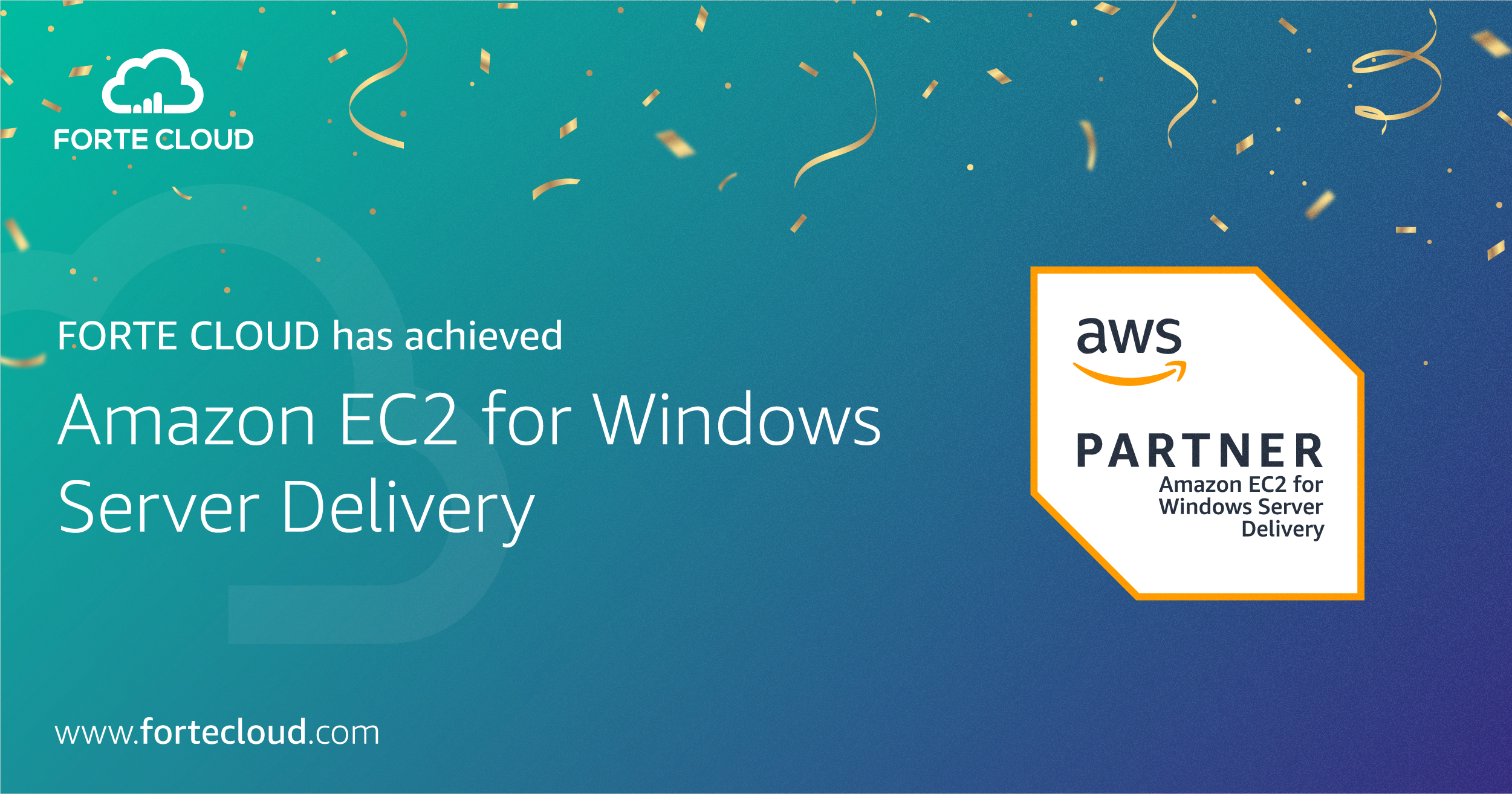While businesses feel comfortable running non-critical systems in the cloud, many are hesitant to migrate their mission-critical SAP applications despite the various benefits of moving to the cloud. However, both SAP and Amazon Web Services (AWS) have come a long way in addressing any concerns businesses may have.
AWS for their part has invested heavily in SAP and offers a wide variety of SAP-certified instances that can accommodate the most demanding computing needs. Plus, AWS is considered one of the most scalable, reliable, and secure cloud providers by many enterprises today. So, you can trust them to run your applications with no issues.
On the other hand, SAP core products on the cloud are now more advanced than ever, particularly S/4HANA. The company recognizing businesses’ need to migrate to the cloud has partnered with cloud providers, including AWS, to make its platforms available to enterprises.
Benefits of Migrating SAP to AWS:
Migrating SAP to AWS is not only easier now but it has many benefits for businesses. Such as increased agility, flexibility, and greater compute capacity. Other benefits include:
-
- Cost reduction, as you replace expensive hardware with pay-per-use services
- More storage, computing, and networking capacity
- The freedom to scale up or down and highly available data centers across the globe
Plus, you gain access to advanced infrastructure, that is constantly being updated, without the need to do repetitive maintenance
For a real-life example of cost savings through SAP migration, read how Juhayna saved $200,00 a year by moving SAP to AWS. And if you’re ready to follow in their footsteps, contact our team and we will guide you through the process.
5 Keys for a Successful Migration
When it comes to migrating SAP to AWS, there are 5 keys for a successful migration:
-
-
Understand and Assess Your SAP Infrastructure
The first step is to understand the options available to you and what might be a risk to your environment. Then you should assess what you will migrate? Which of the 7Rs of strategy is suitable? And when you will migrate?
Don’t forget here to check the compatibility of your applications with AWS, as well as the software portability. By the end of this step, you should have a thorough plan that details the migration from beginning to end.
-
Cleanse Your Data
As you’re assessing and going through your data and workloads, you should also get rid of what you no longer need. In short, cleanse your data of any and all underutilized, inconsistent, and redundant files. This will make the migration simple and minimize your downtime.
-
Back-Up Everything
No matter how prepared you are, mistakes and oversights can occur. So, a crucial step to ensure your peace of mind is to back up your current environment before the migration. If you have a solid plan in place, it’s unlikely that you will run into any issues, so this step is just an extra precaution.
-
Ensure Right-Sizing
When migrating, select and configure the right-size infrastructure for your environment. Don’t over-provision the number of virtual machines you need to avoid wasting your budget. It’s better instead to be conservative here and remember that you can always scale up or down if needed.
-
Work With an Experienced Partner
It’s not uncommon to want to work with a partner for SAP migration. Especially with how hard it is to find an in-house cloud and SAP expert. In that case, finding an expert partner in SAP and cloud technologies might be the best option for you. Plus, an experienced partner will not only provide consultation but will also help with SAP architecture, design, and the migration process.
For example: when you partner with FORTE CLOUD, our team of experts will guide you through every step of the way until you’re on the cloud. We will guide you step-by-step through the strategy process, and the migration and post-migration processes.
-
Conclusion
Migrating SAP workloads to AWS holds many benefits for any business. It is an ongoing process and while it is not an easy process, if you have a solid plan and a trusted partner by your side, it will be smooth sailing for you. So, make sure to choose a partner that has experience moving SAP environments to AWS.
FORTE CLOUD is an Advanced APN Consulting AWS Partner in Egypt and has a track record of migrating multiple enterprise accounts on SAP successfully and efficiently. You can view some of our previous work here or you can contact our team directly for more information.





